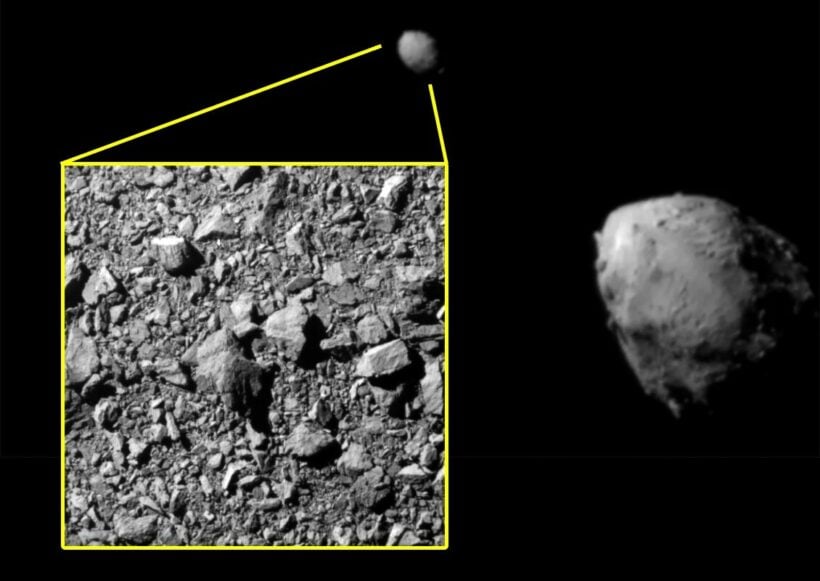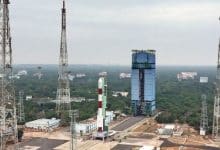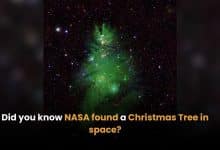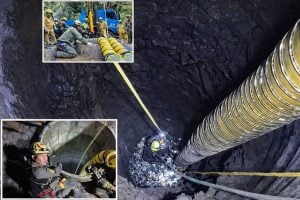NASA crashes DART spacecraft into distant asteroid

A crashed spacecraft normally calls for mourning, not celebration, but this one could potentially save the world. NASA officials at the Johns Hopkins University Applied Physics Laboratory in Maryland cheered yesterday as they watched a live feed of their Double Asteroid Redirection Test (DART) spacecraft smashing into a faraway asteroid. The planned collision was the ship’s explosive conclusion and 10 months in the making.
The crash was not just a spectacle for fun, but a scientific experiment practically emulating the plot of the Hollywood blockbuster Armageddon. Scientists have been monitoring the orbit of the football stadium-sized Dimorphos asteroid 11 million kilometres from Earth. Ten months ago, they launched the DART spacecraft, a box-shaped projectile about the size of a refrigerator, on a direct collision course with the asteroid.
Why the planned crash? NASA officials are attempting to slightly alter the trajectory of the distant asteroid. Proving on a small scale that a man-made object could change the orbit of an asteroid in space gives hope to the possibility of humans being able to divert a future asteroid on a crash course with the Earth.
The triumphant direct hit puts top marksman to shame. NASA fired a 10-month shot using a SpaceX rocket in November of last year to hit an object just 170 meters in diameter at a distance of 11 million kilometres. Dimorphos is orbiting an asteroid five times larger, so far from our home planet that no matter how much the collision changed its orbit, there’s no potential risk to the Earth.
But did it work? Well… maybe. It will take about two months of studying the asteroid’s trajectory to determine if it was successfully altered. But the DART spacecraft has completed its mission, carrying out its intended purpose of crashing into the asteroid. Live photographs from the craft as it reached its target, and a live feed of NASA scientists watching in anticipation, were carried on news broadcasts worldwide. When the screen went dark because the craft was no more, mission control erupted in cheers, handshakes and high-fives all around.
The small DART spacecraft struck an asteroid exponentially smaller than the Chicxulub asteroid that wiped out 75% of the plants and animals – including dinosaurs – on Earth 66 million years ago. But if it was successful in altering the course of that asteroid, future scientists could potentially use the same trick on a much larger scale to divert an impending doomsday collision.
SOURCE: The Nation
- Win an out-of-this-world 3-night beachfront stay at Four Points by Sheraton Phuket by taking a short Thaiger Survey HERE!
Latest Thailand News
Follow The Thaiger on Google News:


























